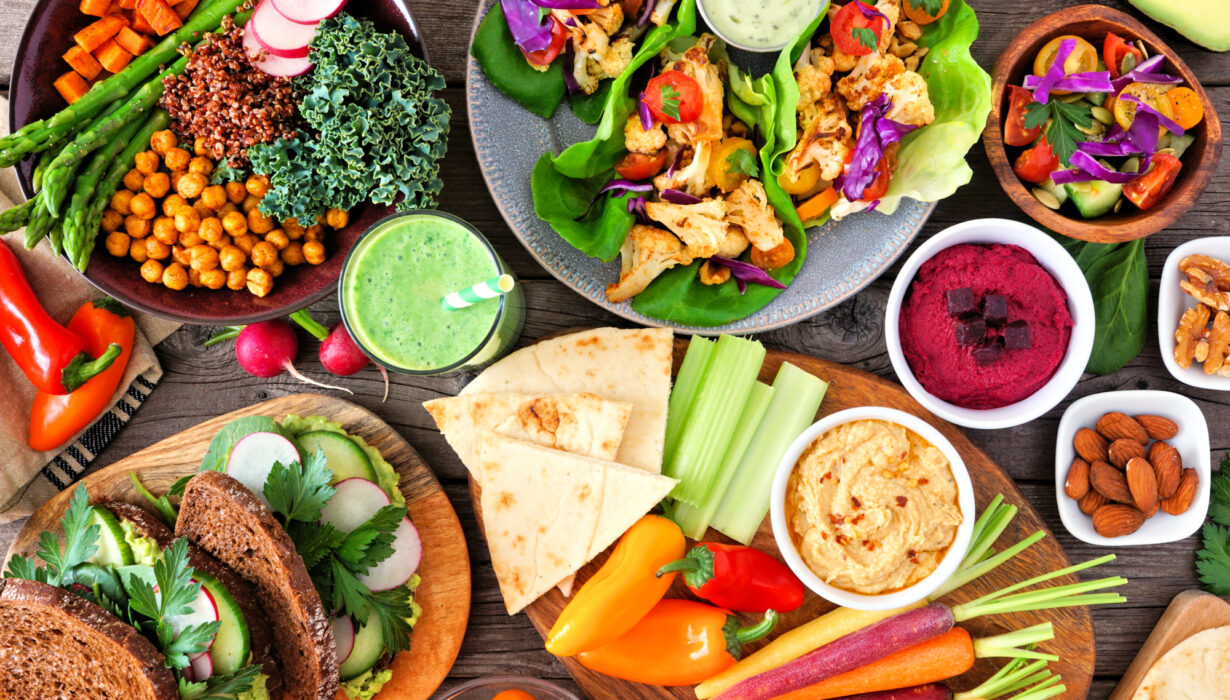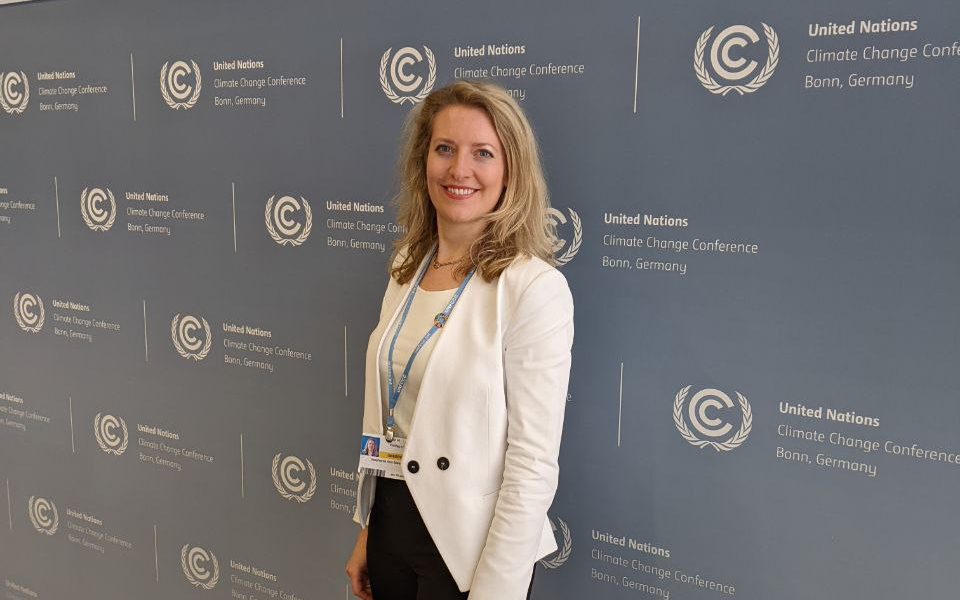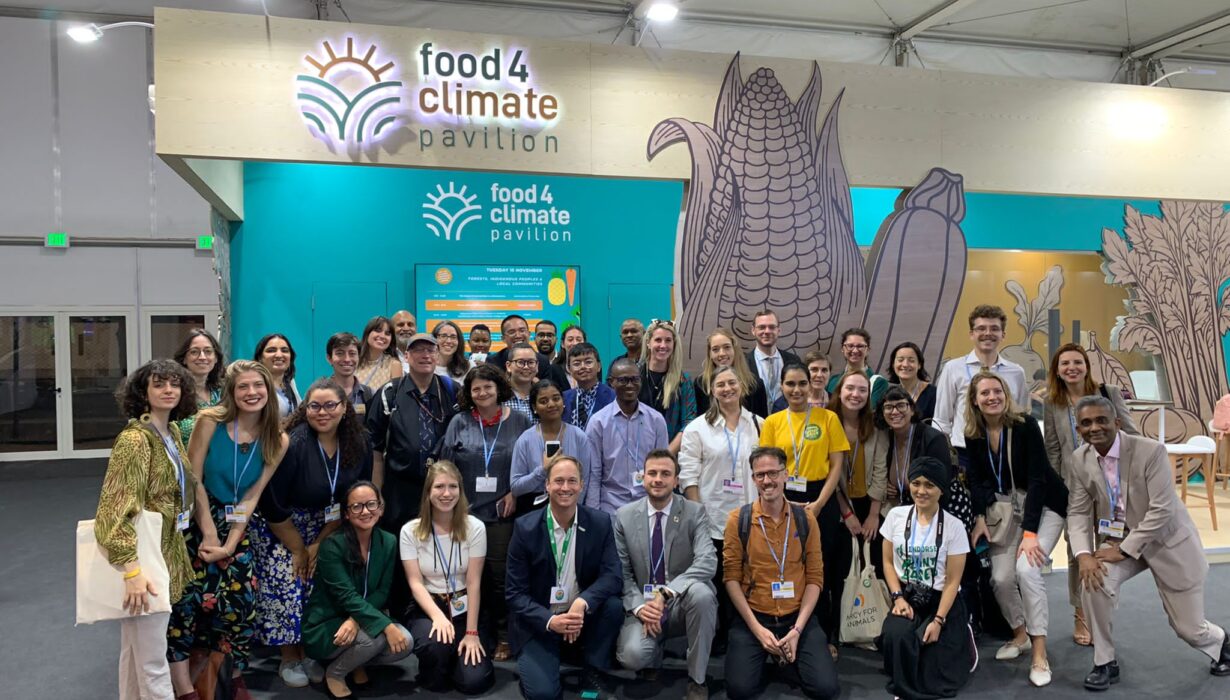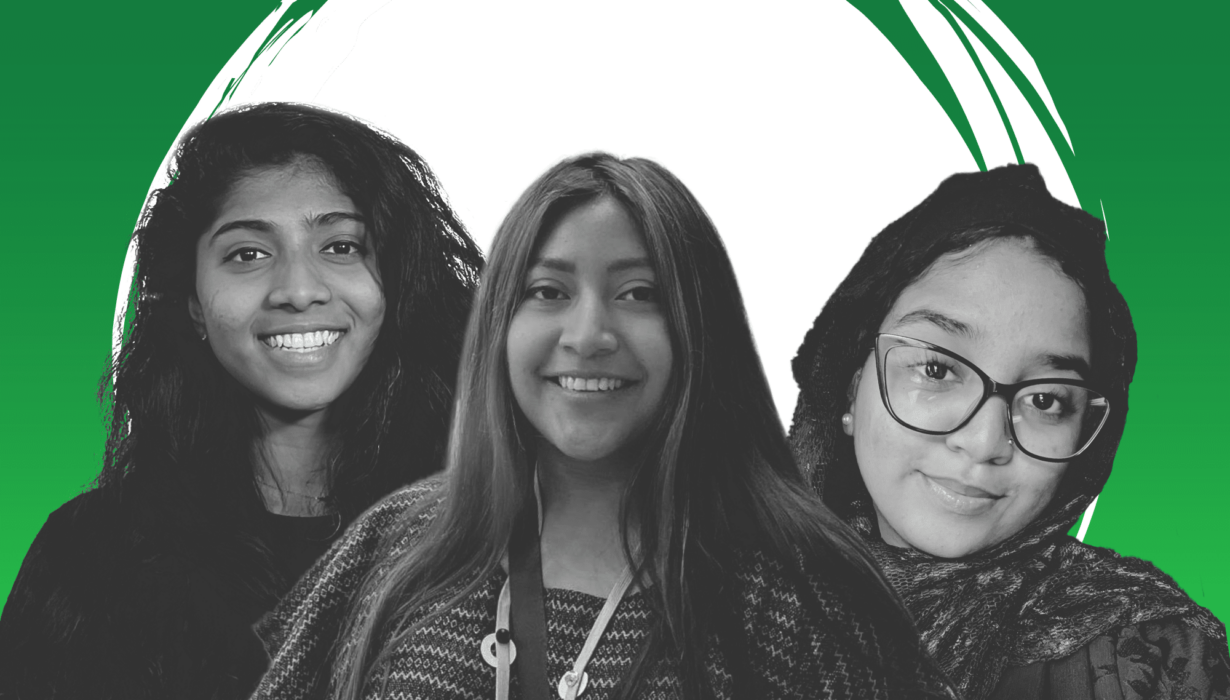A PLANT-BASED DIET IS BETTER FOR THE PLANET
A plant-based diet can have numerous positive effects on the environment, including the preservation of biodiversity, more sustainable use of resources, and combatting climate change.
-

A plant-based diet is better for the environment
Read more: A plant-based diet is better for the environmentGlobal warming, along with land and water use, resource waste, biodiversity loss, and the rise of zoonoses are just a few of the global problems we are facing. These problems are exacerbated by a growing global population and corresponding increase in demand for animal-based products. Dietary change is urgently needed to help solve these problems.












